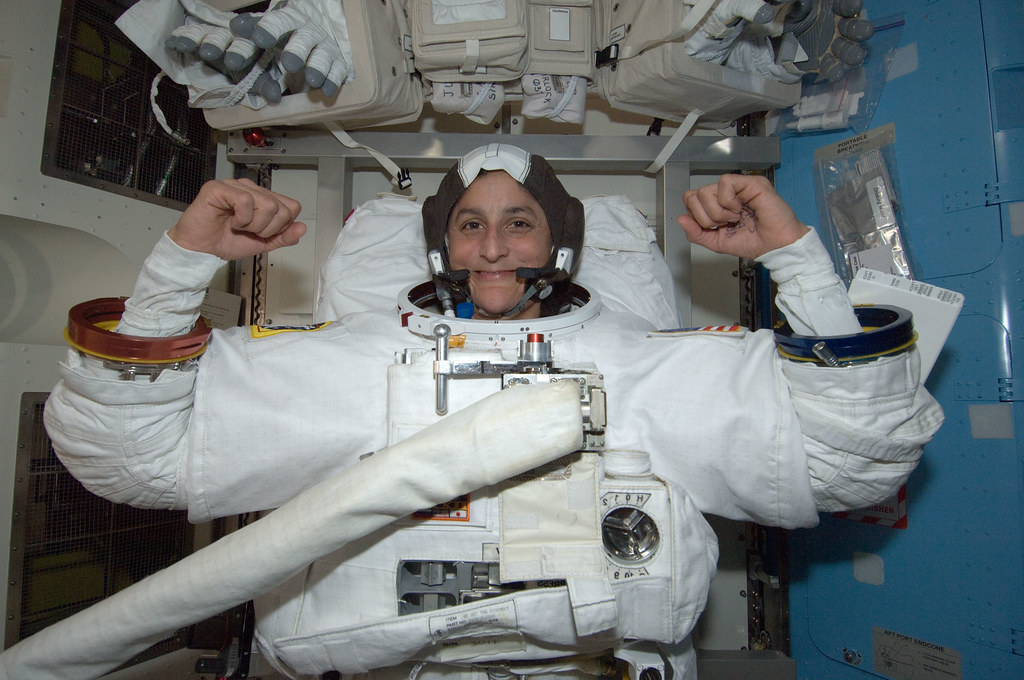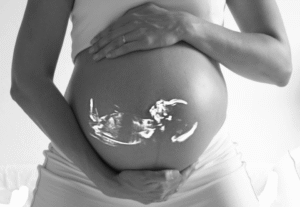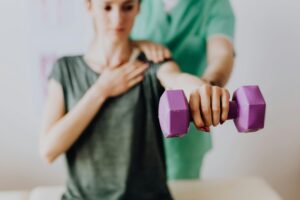After spending an unexpected 286 days in space, NASA astronaut Sunita Williams has finally set foot on Earth. Her return, however, is only the beginning of a new challenge — a 45-day rehabilitation program designed to help her body readjust to Earth’s gravity. The effects of prolonged space travel are immense, and Williams now faces a rigorous path to recovery.
The Unplanned Extended Mission
Sunita Williams mission was initially intended to be a brief test of Boeing’s Starliner spacecraft. However, technical issues kept her and fellow astronaut Butch Wilmore in orbit for far longer than expected. While astronauts are well-trained for space conditions, such an extended period without gravity takes a toll on the body. Sunita returned with the resilience of a seasoned astronaut, but the battle against microgravity’s effects had just begun.
The Hidden Impact of Space Travel
In space, the absence of gravity means no resistance on muscles and bones. Without regular exercise, astronauts can lose up to 20% of muscle mass and 1-2% of bone density per month. The spine elongates, balance deteriorates, and fluids shift upwards, causing the characteristic puffy face and thinner legs — known as “chicken legs.” Upon landing, astronauts often experience dizziness, weakened muscles, and difficulty walking.
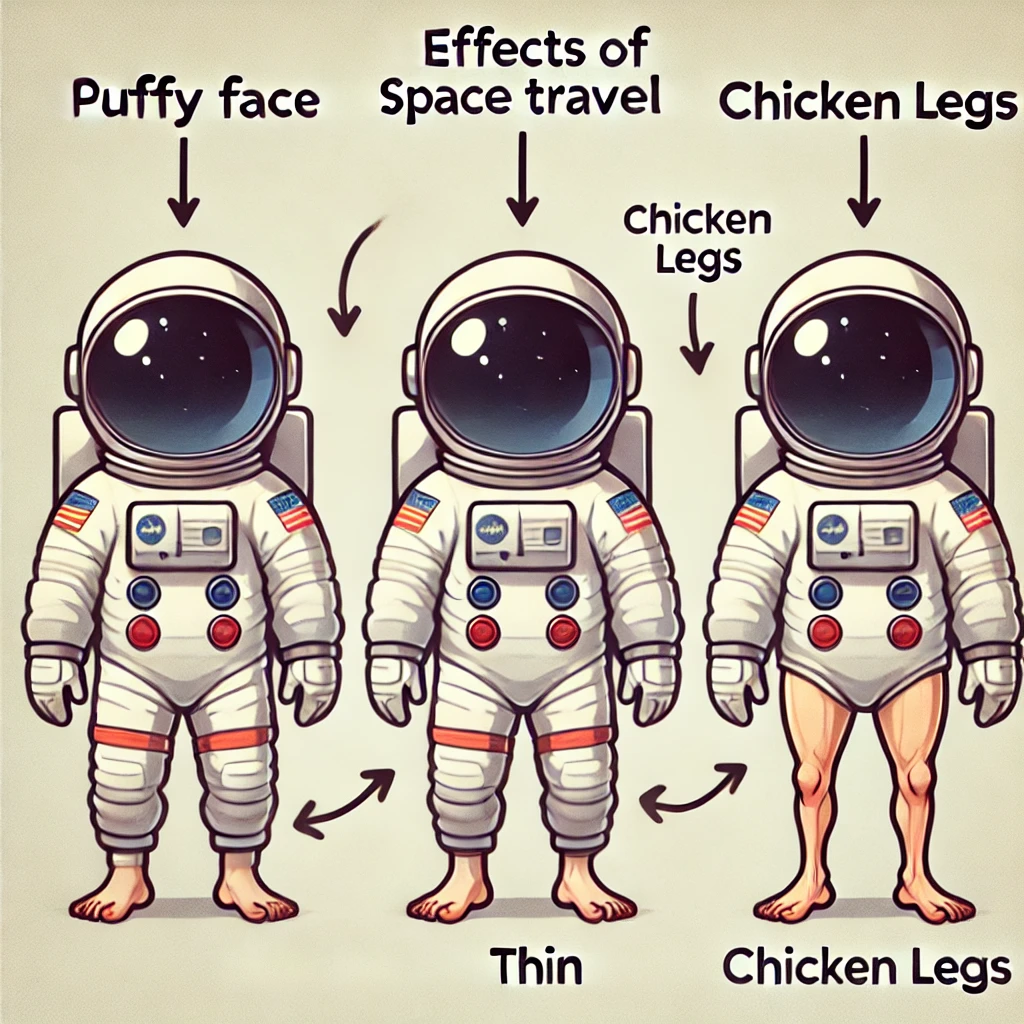
Rebuilding From the Ground Up
The first step in Sunita Williams recovery is a carefully designed rehabilitation program at NASA’s Johnson Space Center. This 45-day regimen is split into various stages, focusing on different aspects of physical and neurological recovery.
1. Regaining Balance and Coordination
In the initial days, Sunita Williams will work on standing upright and walking without assistance. Balance exercises play a critical role as the brain adjusts to the sensation of gravity. Proprioceptive exercises, like balancing on unstable surfaces and navigating obstacle courses, will retrain her body to understand spatial awareness.
2. Strength and Endurance Training
Next comes muscle rebuilding. While astronauts exercise for about two hours a day in space, it’s not enough to fully prevent muscle deterioration. Strength training using resistance bands, weightlifting, and bodyweight exercises will gradually restore her muscle mass. Cardiovascular conditioning will also be essential to regain stamina and heart health.
3. Bone Density Recovery
Microgravity causes bones to lose density at a rapid rate, leading to an increased risk of fractures. Sunita Williams will undergo high-impact exercises like jumping, running, and weight-bearing workouts to stimulate bone growth and restore density.
4. Restoring Fluid Balance
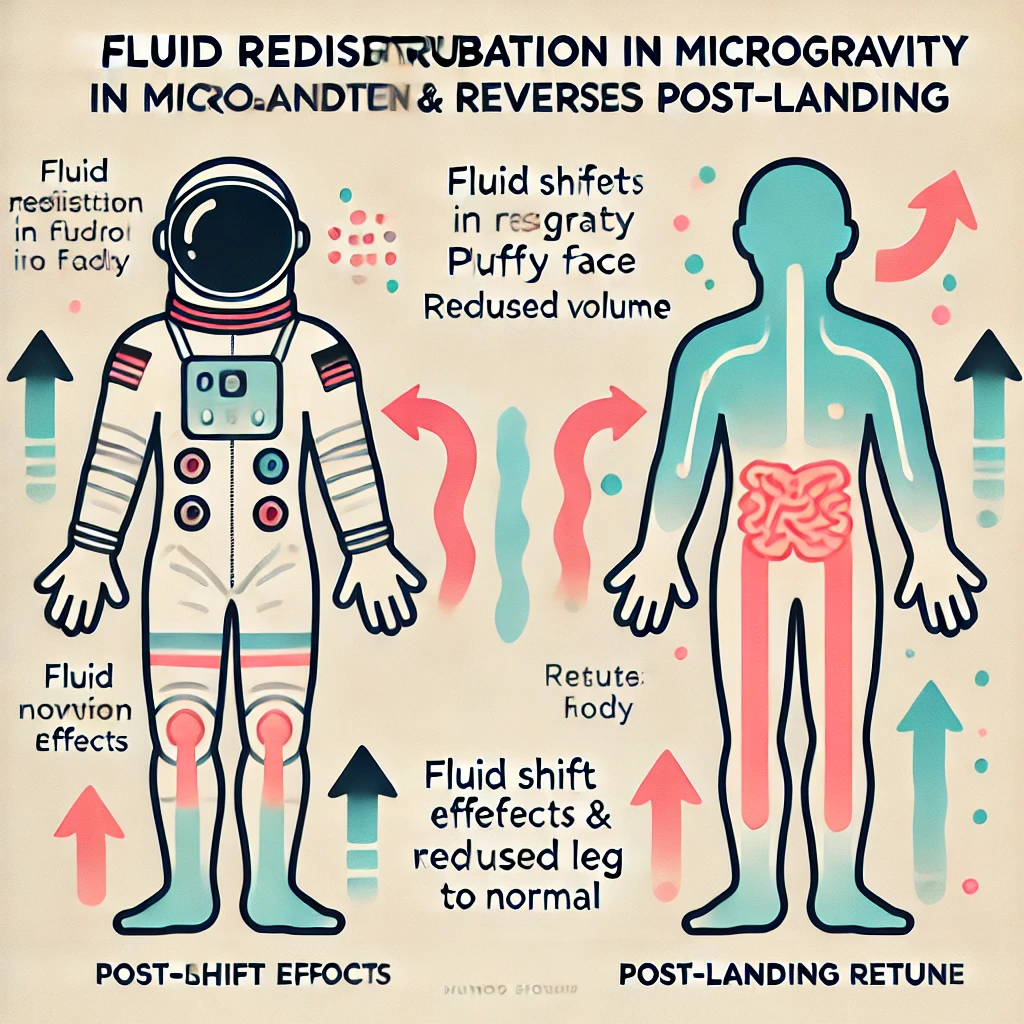
Fluid shift is another challenge. In space, fluids tend to move toward the upper body, leading to facial puffiness and reduced leg volume. Back on Earth, the body needs time to readjust. Hydration protocols, compression garments, and cardiovascular exercises will help rebalance fluid distribution.
Mental and Emotional Adjustments
Beyond the physical recovery, mental well-being is a significant aspect of Sunita Williams rehabilitation. The psychological effects of spending nearly a year in isolation, separated from loved ones, are profound. NASA provides comprehensive mental health support through counseling and therapy to assist astronauts in coping with the transition back to normal life.
Future Implications for Space Travel
Sunita Williams rehabilitation journey offers invaluable insights for future space missions, especially those aimed at Mars or long-term stays on the Moon. Understanding how the body recovers after extended periods in microgravity will shape medical protocols and improve astronaut training for deep space exploration.
A Testament to Human Resilience
As Sunita Williams navigates her recovery, her determination and resilience continue to inspire. Her story serves as a reminder of the incredible adaptability of the human body and spirit. While her feet are firmly planted on Earth once again, her journey is far from over — and her insights will undoubtedly contribute to humanity’s future voyages into the cosmos.
Read About : This 14-Year-Old’s AI App Detects Heart Disease in Seconds
Visit Us At : https://g.co/kgs/rTqAjgt

